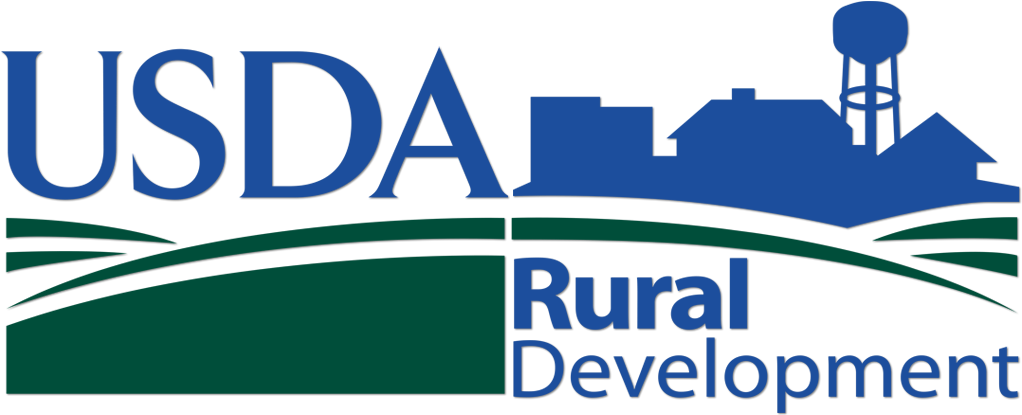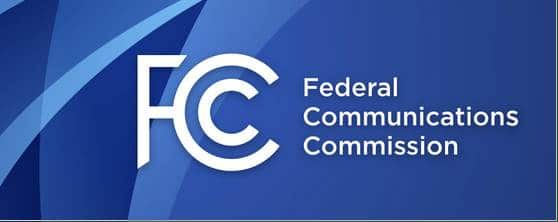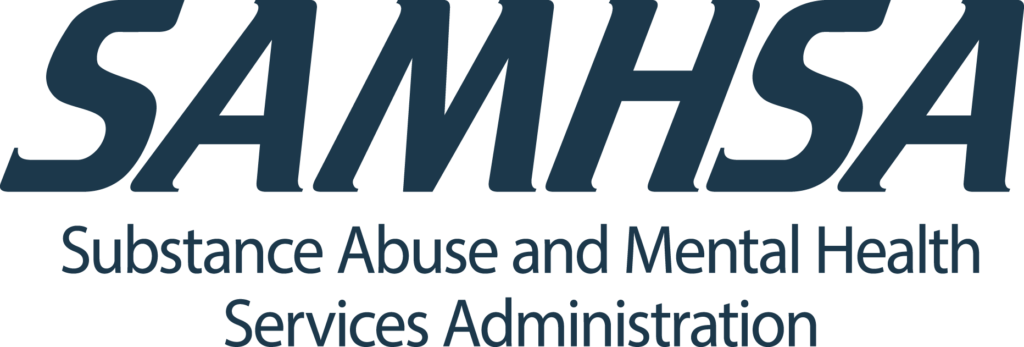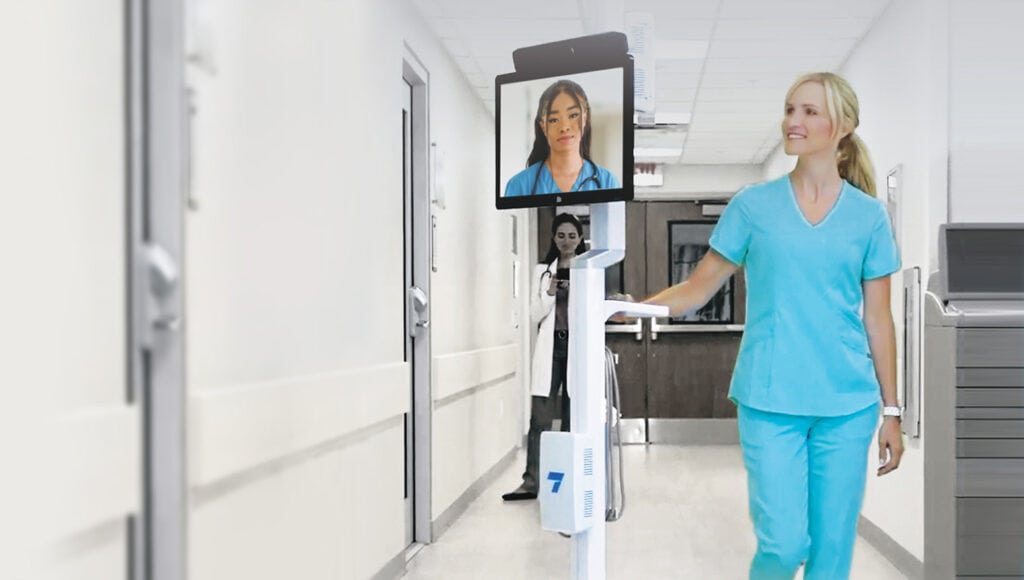The COVID-19 pandemic accelerated the use of telemedicine to deliver and access healthcare safely. Since then, telemedicine and virtual care continue to expand, becoming a critical part of global health care delivery, according to a new report from CB Insights. Adopting technology in health care improves provider productivity and safety, delivers care with more convenience, helps prevent staffing shortages and connects specialists to patients, resulting in telehealth becoming, in many instances, the first line of treatment for patient care in the US. But how can you leverage telehealth resources efficiently to meet future healthcare needs across the care spectrum in both urban and rural communities?
Fortunately, both the public and private sectors actively support the advancement of telehealth programs. One way they’ve been active is through telemedicine grants to obtain the funds needed to launch and promote telehealth programs.
Here’s a breakdown of some of the key grant programs now available:
- FRS Virtual Living Room: Using Technology to Address the Critical Healthcare Needs of Veterans in Rural Areas
- SAMHSA: Certified Community Behavioral Health Clinic (CCBHC) - Planning, Development, and Implementation Grants
Continue reading for more details on these 8 grant opportunities.
1. USDA RUS American Rescue Plan Act: Emergency Rural Health Care Grant

As COVID-19 spread throughout the country, the 46 million Americans residing in rural areas were challenged by increasing burdens with transmission and death rates exceeding those of urban communities. The American Rescue Plan: Emergency Rural Health Care Grant program provides emergency funding to help rural hospitals and local communities increase equitable access to COVID-19 vaccines, testing, healthcare services, including telehealth, and food assistance through food banks and food distribution facilities.
Application Eligibility:
Eligible applications include:
- Public bodies
- Community-based nonprofit corporations and associations
- Federally recognized tribes
This program offers two tracks of funding to applicants
Track One: Recover Grants: Provide immediate assistance to address the economic conditions caused by the pandemic
Funds must be used to:
- Increase capacity for vaccine distribution
- Provide medical supplies and equipment to increase medical surge capacity
- Reimburse for healthcare-related lost revenue used to maintain capacity during the coronavirus pandemic
- Increase telehealth capabilities, including underlying healthcare information systems
- Construct temporary or permanent structures to provide healthcare services
- Support staffing needs for testing or vaccine administration
- Support facilities, equipment, and operating expenses associated with food banks and food distribution facilities
Amount of Funding:
- Award Ceiling: $1,000,000
- Award Floor: $25,000
- Project Period: Up to 3 years
- Limited to an applicable percentage of eligible costs (up to 75 percent) based on population and the median household income of the population served
- USDA anticipates providing about $350 million in Track One: Recovery Funding
Track Two: Impact Grants: Enhance long-term sustainable solutions to solve regional rural health care problems.
Funds must be used to:
- Establish or scale a regional partnership or consortium of community leaders and healthcare partners to plan, implement, and evaluate a model(s) to support solving regional healthcare problems and promote the long-term sustainability of rural healthcare
- Establish or scale an evidence-based model and disseminate lessons learned for replication in other small communities and regions.
- Identify a health-related problem within the applicant's region, develop and implement a method and solution to overcome the problem, and conduct a program evaluation to examine health-related outcomes, long-term sustainability, and replicability.
- Establish a methodology to calculate summary impact measures or an estimated return on investment for the grant funds requested
- Cover the cost of technical assistance to assist with one or more aspects of project implementation, project evaluation, data sharing, and reporting requirements
- Cover indirect costs in an amount up to a federally negotiated indirect cost rate
Amount of Funding:
- Award Ceiling: $10,000,000
- Award Floor: $5,000,000
- Project Period: Up to 3 years
- Limited to an applicable percentage of eligible costs (up to 75 percent) based on population and the median household income of the population served
- USDA anticipates providing $125. million in Track Two: Recovery Funding
Application Deadline:
Applications are accepted on an ongoing basis.
Application Process:
- To apply, please follow the instructions listed on the program’s website.
- Contact the appropriate local rural development office for submission.
- Track One: Recovery Grants Application Guide and Checklist
- Track Two: Impact Grants Application Guide and Checklist
2. USDA RUS Distance Learning and Telemedicine Grants

Low population density and remoteness are two social determinants acting as barriers for underserved communities to access necessary health care and education services. USDA RUS Distance Learning and Telemedicine Grants help combat these factors by connecting rural communities to teachers and medical providers via telecommunications, computer networks, advanced technologies, and necessary training. Creating grants for rural communities improves access to better health care facilities and education institutions that positively contribute to rural communities' economic growth and societal development, two key elements in increasing prosperity in rural America.
Application Eligibility:
Eligible applicants include organizations that provide education or health care services via telecommunications.
- State and local governmental entities
- Federally recognized tribes
- Nonprofit organizations
- For-profit organizations
- Consortia of eligible entities
Funds must be used for:
- Audio, video, and interactive video equipment
- Broadband facilities that support distance learning or telemedicine
- Terminal and data terminal equipment
- Computer hardware, network components and software
- Acquisition of instructional programming
- Acquisition of technical assistance and instruction for using eligible equipment
Amount of Funding
- Award Ceiling: $1,000,000
- Award Floor: $50,000
A 15% non-federal match is required.
Application Deadline:
The application window is currently closed but is expected to re-open in Fall 2022.
Application Process:
- Applications are accepted through Grants.gov.
- Program resources (forms, guidance, certifications, etc.) are available online.
- Contact your General Field Representative for additional information.
3. FCC COVID-19 Telehealth Program

The FCC COVID-19 Telehealth Program was established in the Coronavirus Aid, Relief, and Economic Security (CARES) Act and supported eligible healthcare providers responding to the COVID-19 pandemic by fully funding their telecommunications services, information services, and devices necessary to provide critical connected care services.
Application Eligibility:
Eligible applicants include nonprofit healthcare providers, but priority will be given to healthcare providers who demonstrate their qualification for one or more of the following evaluation metrics:
- Areas hardest hit by COVID-19
- Low-income areas
- Tribal communities
- Critical Access Hospitals
- Federally Qualified Health Centers
- Federally Qualified Health Center Look-Alikes
- Federally Qualified Health Center Look-Alikes are community-based health care providers that meet the HRSA Health Center Program requirements
,but do not receive Health Center Program funding.
- Federally Qualified Health Center Look-Alikes are community-based health care providers that meet the HRSA Health Center Program requirements
- Disproportionate Share Hospitals
- Healthcare Provider Shortage Areas
- Rural counties
Examples of services and devices that the COVID-19 Telehealth Program may fund include:
- Telecommunications Services and Broadband Connectivity Services: Voice services and internet connectivity services for healthcare providers or their patients
- Information Services: Remote patient monitoring platforms and services; patient-reported outcome platforms; store and forward services, such as asynchronous transfer of patient images and data for interpretation by a physician; platforms and services to provide synchronous video consultation
- Internet Connected Devices/Equipment: Tablets, smartphones, or connected devices to receive connected care services at home for patient or healthcare provider use; telemedicine kiosks/carts for healthcare provider sit
Amount of Funding:
- Award Ceiling: $1,000,000
- Estimated Total Program Funding: $249,950,000
Application Deadline:
This funding option is currently inactive. Please see the program’s website or contact the program sponsor to determine if this program is currently accepting applications or will open again in the future.
Application Process:
- Links to application instructions, guidance, and the online application portal are available on the program’s website.
- A series of recorded webinars is available to provide additional information about the program, eligibility, and application process.
- Prior to submission, applicants should confirm that they have an approved eligibility determination with USAC, sign up for an FCC Registration Number (FRN) through the Commission Registration Systems (CORES), and register for the federal System of Award Management (SAM). Applications who have previously taken these steps do not need to repeat them for the next round of the COVID-19 Telehealth Program.
4. FCC Rural Health Care Telecommunications (Telecom) Program

Virtual medical visits proved essential beyond urban and suburban settings during the COVID-19 pandemic. An SRRS survey revealed that 12 percent of rural Americans said they would delay receiving healthcare without a telemedicine option, and 14 percent said they would not have sought healthcare. The Telecommunications (Telecom) Program is a component program of FCC’s Rural Health Care Program and offers rural health care providers (HCPs) discounted telecommunications and voice services to facilitate the adoption of telemedicine and telehealth. Eligible services are discounted at the difference in cost between urban and rural areas in your state.
Application Eligibility:
A healthcare provider must meet the following criteria to be eligible:
- Must be a public or nonprofit entity
- Must be located in a rural area defined by the FCC
- Must fall under one of the healthcare provider categories listed below:
- Post-secondary educational institutions offering healthcare instruction, including teaching hospitals and medical schools
- Community health centers and health centers providing healthcare to migrants
- Local health departments and agencies
- Community mental health centers
- Nonprofit hospitals
- Rural health clinics, including mobile clinics and dedicated emergency departments in rural for-profit hospitals
- Skilled nursing facilities
Funds must be used for:
Amount of Funding:
The Telecom Program subsidizes the difference between urban and rural rates for eligible telecommunications services.
Application Deadline:
June 01, 2022
Application Process:
To apply, please follow the six steps below.
- Determine eligibility
- Request services through the competitive bidding process and post them to USAC's website for a minimum of 28 days.
- Evaluate bids received and select the most cost-effective service provider.
- Submit funding requests
- Review funding commitment letter and submit connection certification.
- The service provider will complete the invoicing process.
5. USDA Community Facilities Direct Loan and Grant Program

Essential public health, safety, education, and community facilities play a pivotal role in ensuring that rural areas have safe access to the basic quality of life services. USDA’s Community Facilities Direct Loan and Grant Program provides affordable funding to establish “essential community facilities” in rural America. USDA defines an essential community facility as “a facility that provides an essential service to the local community for the orderly development of the community in a primarily rural area, and does not include private, commercial or business undertakings.”
Application Eligibility:
Eligible borrowers include:
- Public bodies
- Nonprofit corporations
- Federally recognized tribes
Funds must be used for:
- Purchase, create, or improve essential community facilities
- Purchase equipment and pay related project expenses
Essential Community Facilities Examples:
- Health care facilities (hospitals, medical clinics, dental clinics, nursing homes or assisted living facilities)
- Public facilities (town halls, courthouses, airport hangars or street improvements)
- Community support services (childcare centers, community centers, fairgrounds, or transitional housing)
- Public safety services (fire departments, police stations, prisons, police vehicles, fire trucks, public works vehicles or equipment)
- Educational services (museums, libraries, or private schools)
- Utility services (telemedicine or distance learning equipment)
- Local food systems (community gardens, food pantries, community kitchens, food banks, food hubs or greenhouses)
Funding Availability:
- Low-interest direct loans
- Grants
- A combination of the two above and a loan guarantee program.
Community Priorities:
A priority point system based on population, median household income
- Community with a population of 5,000 or less
- Low-income communities with a median household income below 80% of the state’s nonmetropolitan median household income
Application Deadline:
Applications for this program are accepted year-round.
Application Process:
- Discuss the project with your local office.
- Request a Data Universal Number System (DUNS) (a unique nine-character number used to identify your organization).
- Register your organization with the System Award Management (SAM).
Please visit the program’s website for more information on funding terms, resources, and contact information.
6. FRS Virtual Living Room: Using Technology to Address the Critical Healthcare Needs of Veterans in Rural Areas

According to the National Center for Veterans Analysis and Statistics and the U.S. Department of Veterans Affairs (VA) Office of Rural Health (ORH), nearly 20 million veterans in the U.S and 4.7 million live in rural America. Some face poverty, homelessness, and others are unaware of the medical benefits and services available to them. The Virtual Living Room is an FRS grant program that connects veterans in rural areas to skilled physicians through telehealth services. The program combines rural technology, the U.S. Department of Veterans Affairs (VA resources), and local organizations providing adequate resources to improve health care access for veterans in underserved communities.
Application Eligibility:
- The rural community’s location must be more than an hour away from a VA hospital or clinic.
- The applicant of record must be a member of NTCA: The Rural Broadband Association.
- Virtual Living Room venue locations should have broadband service provided by the NTCA member.
- Virtual Living Room locations should be comfortable, private, and have electricity.
- Venue examples include a Veterans of Foreign War lodge, American Legion, library, firehouse, church, or community center.
Application Deadline:
Applications are accepted on an ongoing basis.
Application Process:
To apply, please follow the instructions listed on the program’s website.
- Access your Community’s Need
- Contact your Local VA
- Locate a Venue for your Virtual Living Room
- Apply for the FRS Virtual Living Room Grant Funding
- Share your Story
7. SAMHSA: Certified Community Behavioral Health Clinic (CCBHC) - Planning, Development, and Implementation Grants

This program aims to help transform community behavioral health systems and provide comprehensive, coordinated behavioral health care by establishing new CCBC programs.
The CCBHC-PDI grant program intends to:
- Assist organizations in the planning for and development, and implementation of a CCBHC that meets the CCBHC Certification Criteria
- Provide a comprehensive range of outreach, screening, assessment, treatment, care coordination, and recovery supports based on a needs assessment that aligns with the CCBHC Certification Criteria.
- Support recovery from mental illness and/or substance use disorders by providing access to high-quality mental health services, regardless of an individual’s ability to pay
Application Eligibility:
Community-based behavioural health nonprofit organizations or organizations that are either:
- A part of a local government behavioural health authority
- Operated under the authority of the Indian Health Service, an Indian tribe, or tribal organization
- An Urban Indian Organization pursuant to a grant or contract with the Indian Health Service under Title V of the Indian Health Care Improvement Act
Application Deadline:
May 17, 2022
Application Process:
To apply, please follow the instructions listed on the program’s website.
Award Information:
- Anticipated Total Available Funding: $156,000,000
- Anticipated Number of Awards: 156
- Anticipated Award Amount: $1,000,000
- Length of Project: Up to four years
- Proposed budgets cannot exceed $1,000,000 in total costs in any year of the proposed project. Annual continuation awards will depend on the availability of funds, grantee progress in meeting project goals and objectives, timely submission of required data and reports, and compliance with all terms and conditions of the award
8. Other Telemedicine Grants and Funding Opportunities
Start your search at telehealth.hhs.gov for an up-to-date list of current and upcoming grant programs.
Here are a few other programs to check out:
- Rural Health and Safety Education Competitive Grants Program
- HSRA Telehealth Strategies to Maximize HIV Care
- HHS Family Planning Telehealth Infrastructure Enhancement and Expansion Grants
- American Rescue Plan Act: Pediatric Mental Health Care Access – New Area Expansion
- Medicated Assisted Treatment – Prescription Drug and Opioid Addiction
- Rural Health and Safety Education Competitive Grants Program
- CMS Civil Money Penalty Reinvestment Program
- Explore additional telehealth funding and grants opportunities at Rural Health Information Hub
- Check your home state government’s website for information on state-level grants for telemedicine and related infrastructure.
Organizations can get funding through telemedicine grants for medical devices such as tablets, smartphones, or connected devices to receive health care services for patient and healthcare provider use. Medical carts that safely carry tablets, cameras, displays, and network access to allow remote healthcare providers to diagnose and treat patients virtually are included in the list of eligible equipment.
Telehealth has become a prominent mode of providing healthcare to assist healthcare systems, organizations, and providers in expanding access and enhancing the quality of care in rural and urban areas. Consumer and provider attitudes towards using telehealth have improved dramatically since before the pandemic. According to McKinsey insights, investments in digital health have escalated fueling further innovation, with three times more capital investment in 2020 compared to 2017. Telemedicine grants and funding opportunities are in place to help support and advance the telehealth visions of health care systems and providers across the country.
Telemedicine Grants Telemedicine Grants Telemedicine Grants
